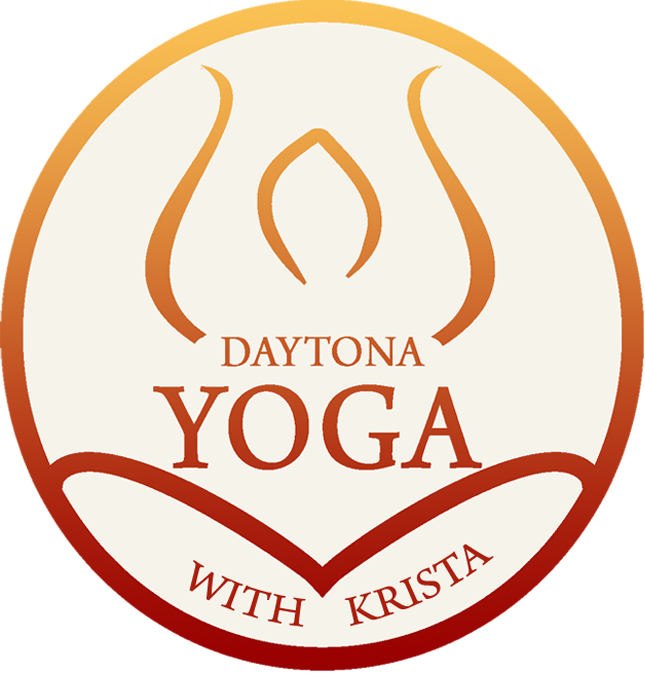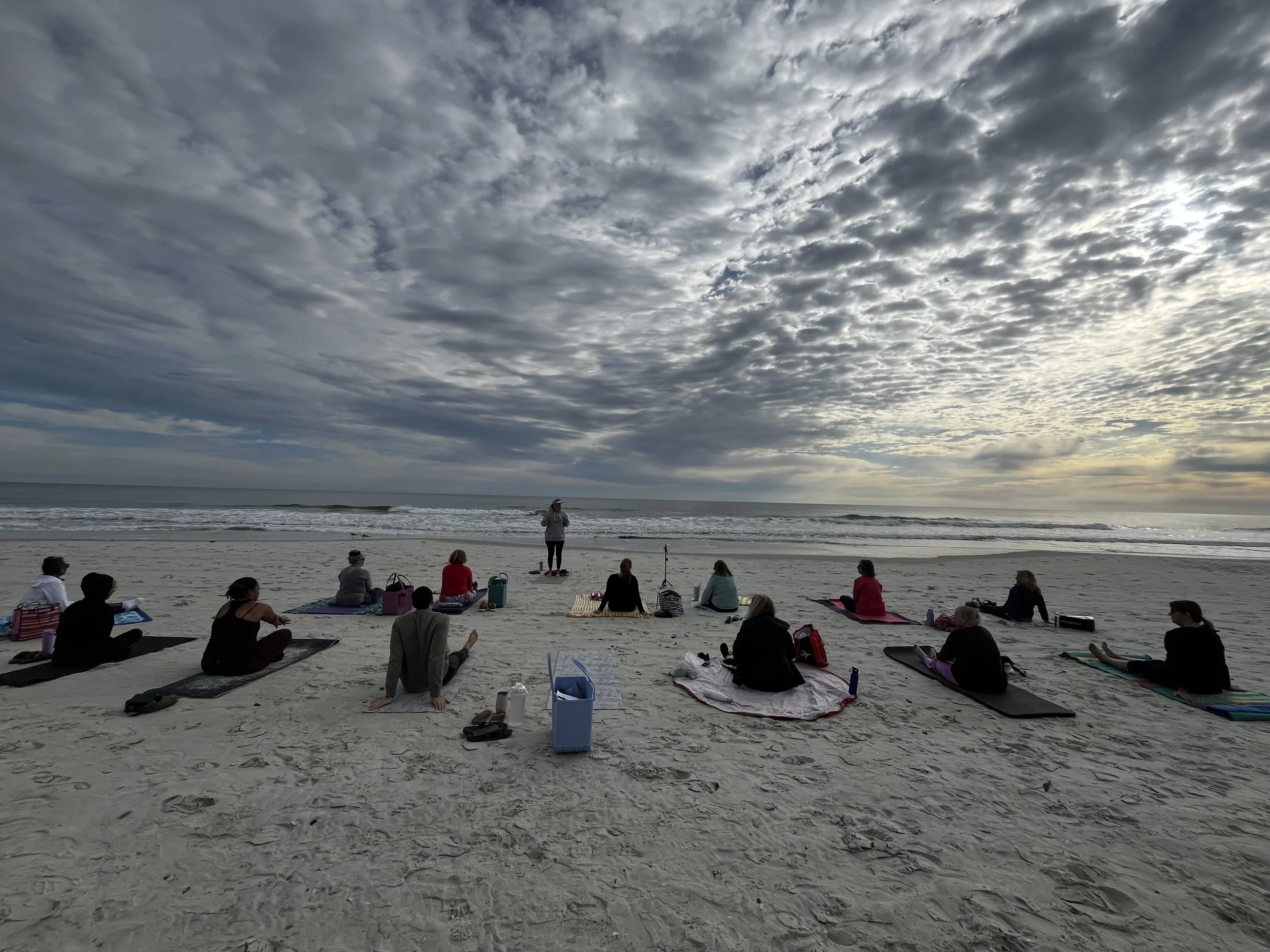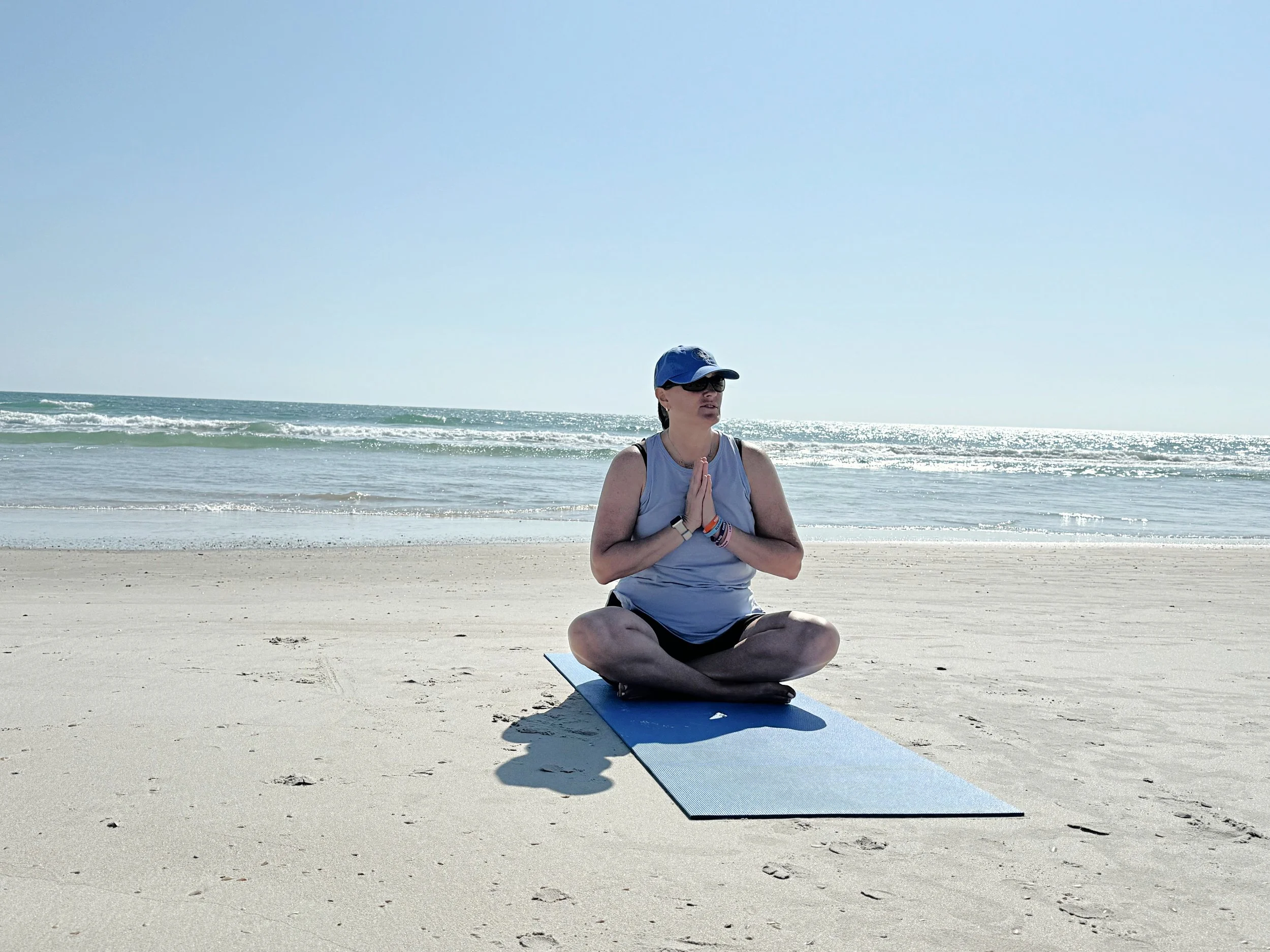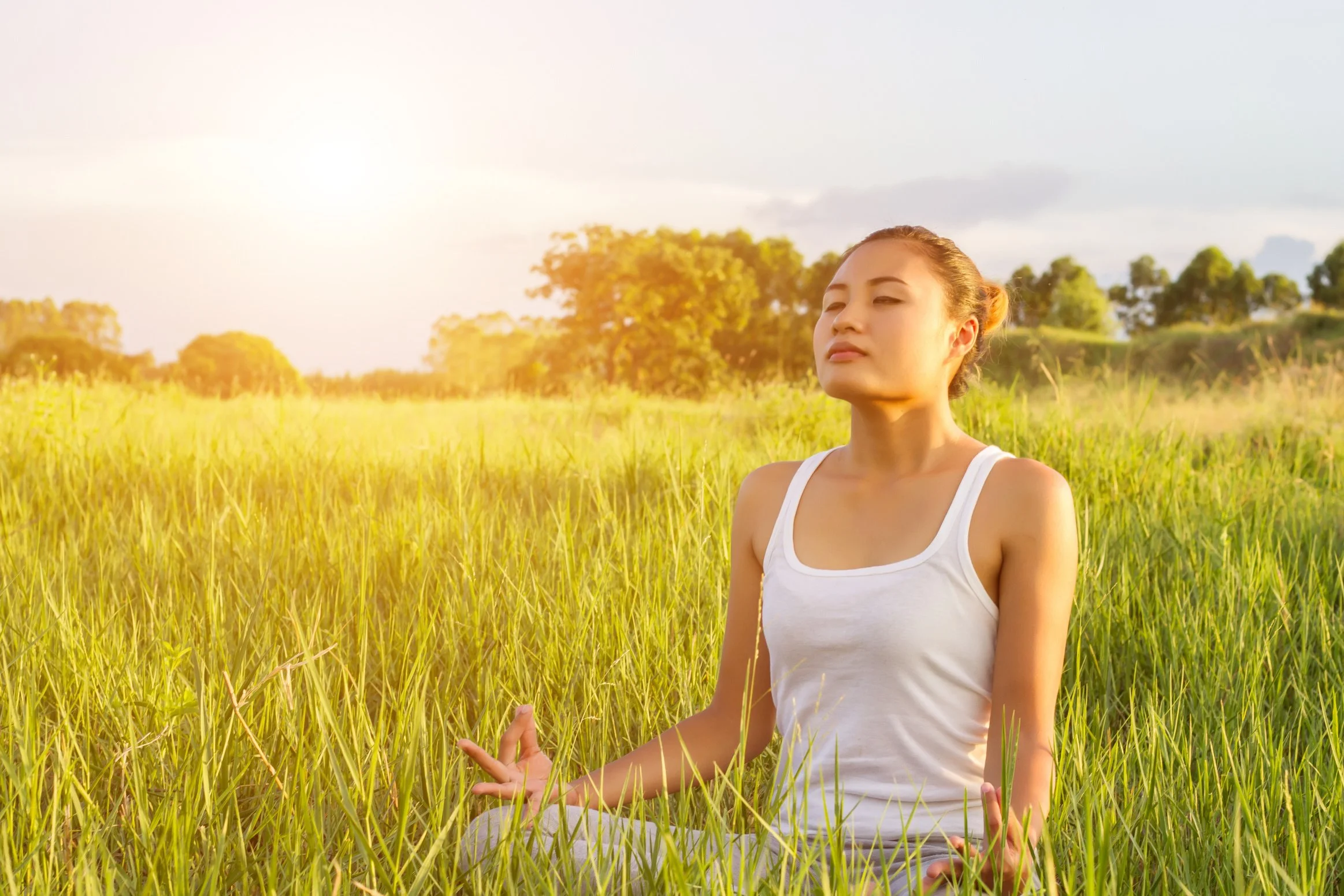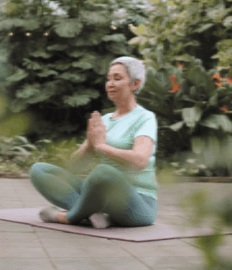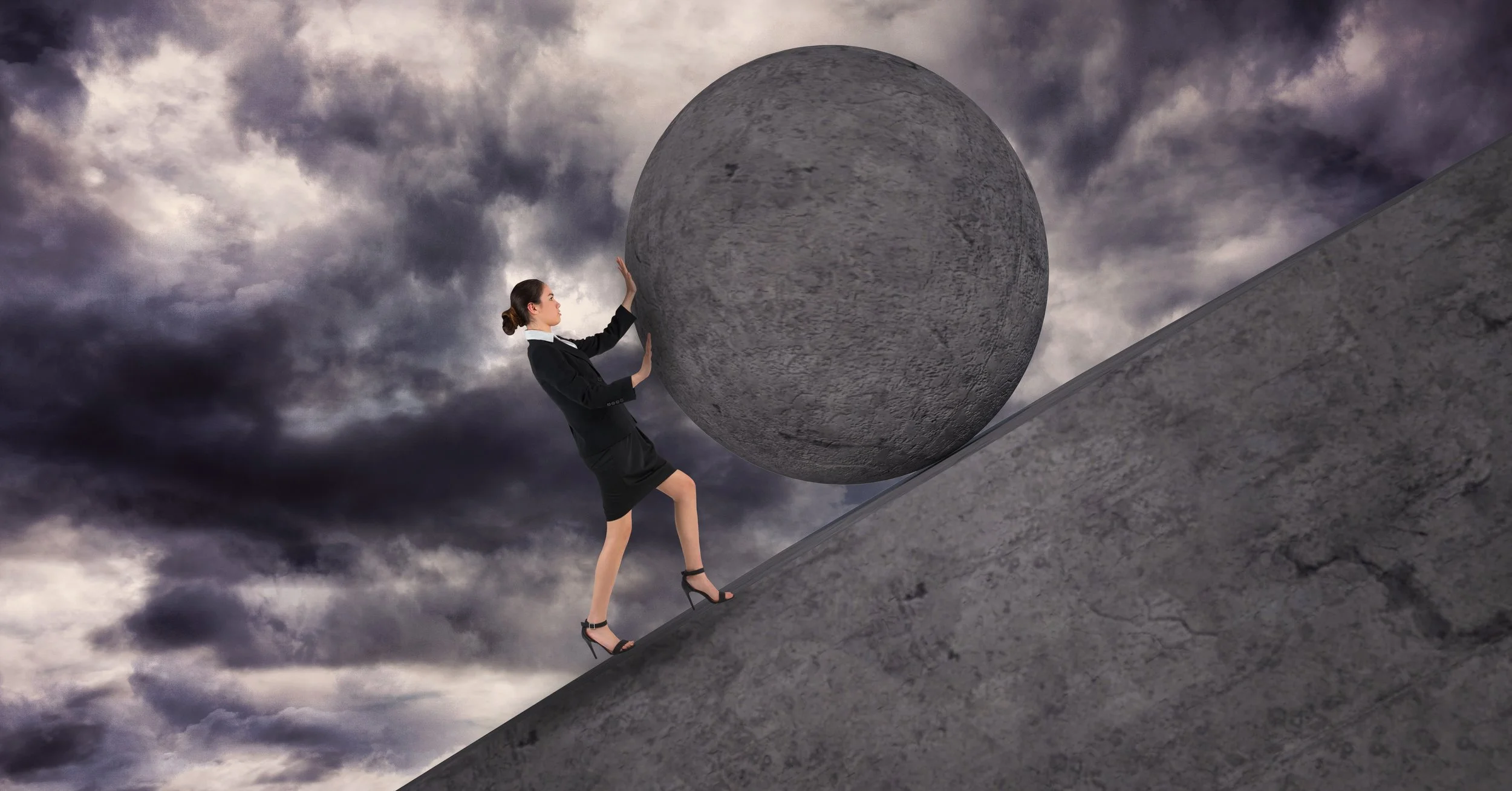When people think of yoga, they often imagine picture-perfect poses and physically demanding flows. But yoga is not about performance—it’s about presence. And one of the most beloved, foundational sequences in yoga—the Sun Salutation—can be adapted for every body, in every season of life.
That’s why I created a video demonstrating three accessible versions of the Sun Salutation.
